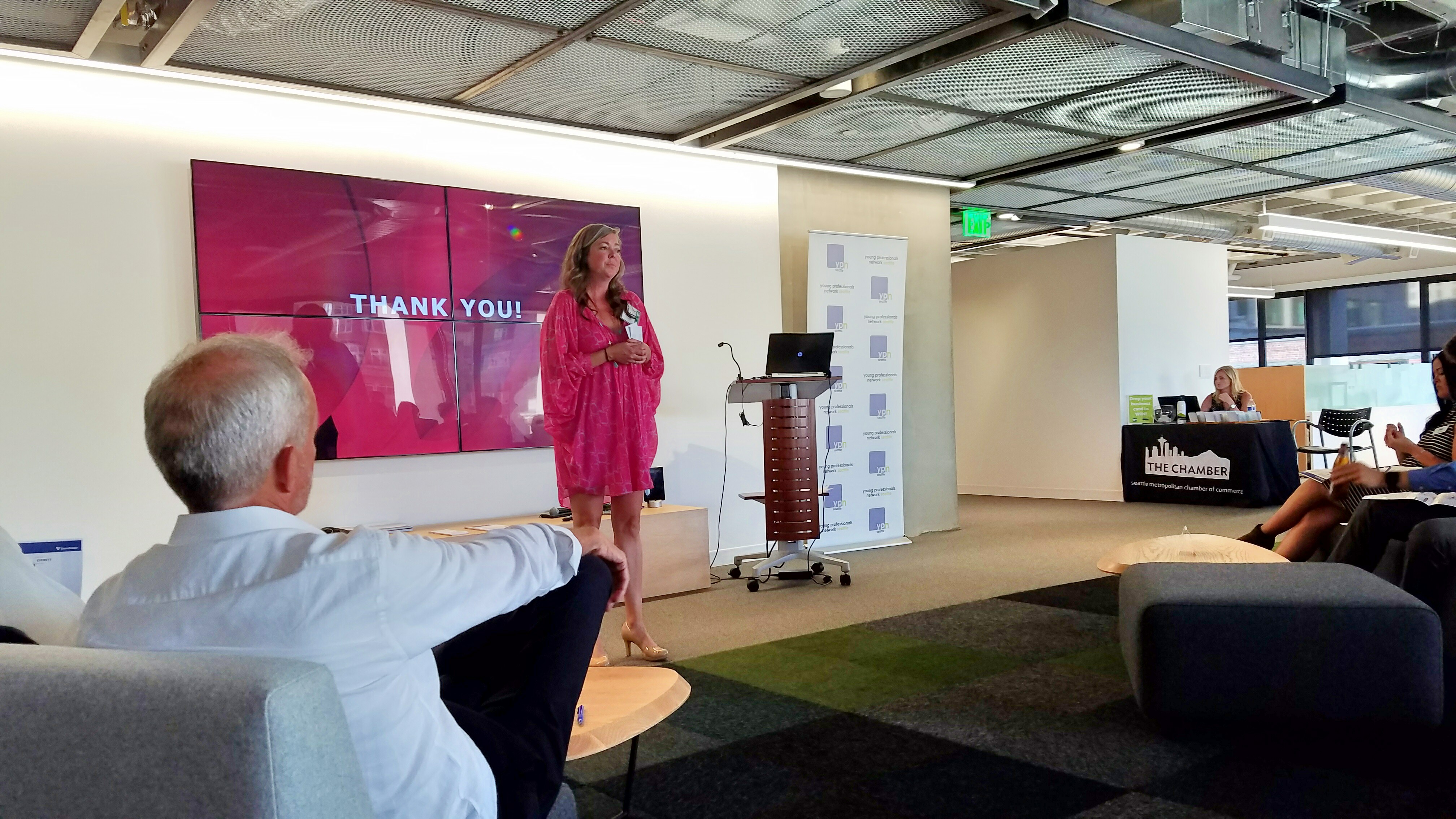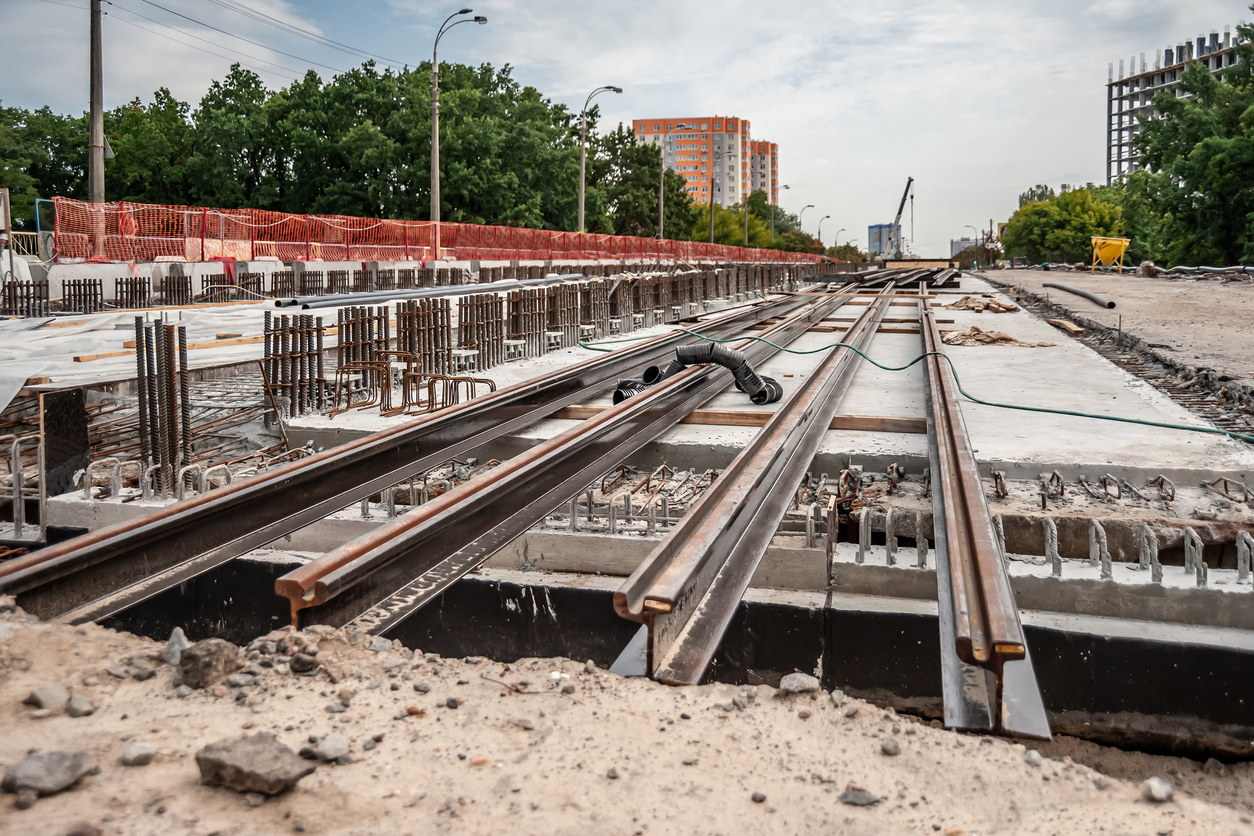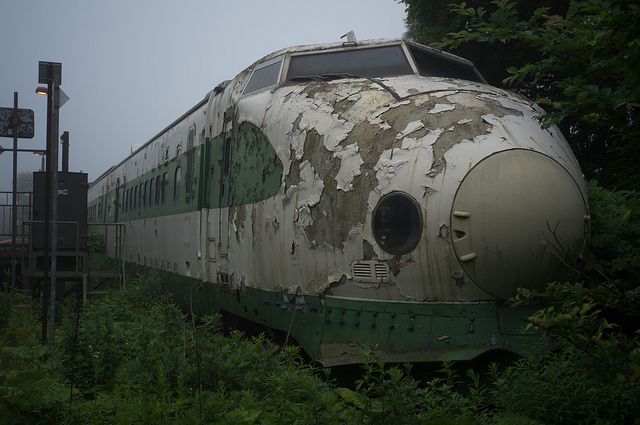Sound Transit boosters say the darndest things

Recently, I attended an event at which Rachel Smith, Director of Government Relations for King County Executive Dow Constantine, presented a sales pitch about the regressive Sound Transit 3 tax package. The other speaker in attendance was architecture firm MG2’s Associate Principal, Mark Taylor.
I hoped to hear a well-rounded, constructive dialogue about ST3 and substantial data on transit-oriented development from a design perspective. Instead, I found myself at a Sound Transit pep rally where the cost seemed inconsequential. Below are several interesting claims from Ms. Smith’s presentation, which we have heard a million times before.
CLAIM: Ridership has increased by 83%.
REALITY: Sound Transit officials claim that ridership is booming, yet they fail to mention that their friends at King County Metro have altered routes to move existing transit riders over to light rail.
This raises the question as to whether King County Metro has chosen to shift from serving customers to serving Sound Transit. Sound Transit officials should outline how much of their increased ridership comes from Metro and how much of it comes from people ditching their car keys at peak hours.
CLAIM: The age of highway building is over.
REALITY: Ms. Smith’s boss, King County Executive Dow Constantine, might disagree. Executive Constantine stood next to Governor Jay Inslee on September 3, 2013 at a press conference in which they threatened a special session tied to the passage of a comprehensive transportation package that opponents said was too focused on expanding highways.
CLAIM: The people want it.
REALITY: Why is Sound Transit spending $5 to $7 million a year on public relations and building a huge campaign to convince us of something they say we already want? Popular ideas do not need campaigns to get people to vote “Yes.”
CLAIM: ST3 is responding to growth and responding to demand, but we can also drive demand.
REALITY: If Sound Transit officials are responding to an existing, insatiable demand for transit, why do they need to drive demand? Washington State Department of Transportation officials do not tell people to take I-5 or I-405 to get to work, throwing parties and spending millions on marketing. Why? Because highways are already popular.
Demand should exist before taxpayers pay to supply it. Sound Transit adopts an inverted approach with light rail, building a rail line and then trying to adjust people’s living patterns to justify the rail they built.
 CLAIM: Light rail will increase freight mobility by getting cars off roads.
CLAIM: Light rail will increase freight mobility by getting cars off roads.
REALITY: Sound Transit fans are talking about the wrong kind of rail.
The majority of new riders on light rail are former bus riders, and the fraction of people that light rail may attract off of roads will not put a dent in congestion. Pro-Sound Transit advocacy group Transportation Choices Coalition has affirmed this as well.
In reality, freight mobility is created when we maintain and expand highway capacity and freight rail corridors, like the Washington State Department of Transportation is currently doing on I-90 through Snoqualmie Pass and is set to do (finally!) on US 395 in Spokane.
CLAIM: The rail alignments are not finalized. You have to go through a six-year environmental process.
REALITY: The best way to honor voters is to provide them with transparency about where light rail will be built and the disruption that Sound Transit’s rail plans will have on their communities - before they are asked to approve ST3.
During the June 23rd Sound Transit Board meeting, one resident shared, near tears, that after single-handedly moving her family above the poverty line, she has found out that they will be displaced by an elevated design that she and her community were never informed of.
It is only fair that residents know the impact that ST3 rail construction will have on their properties and neighborhoods; Sound Transit’s Board should, at the very least, let people know they are going to take their homes beforehand.
Ironically, Sound Transit boosters are admitting they have not studied the environmental impacts – yet promote rail spending as good for the environment.
CLAIM: After one audience member asked if this is the largest package of its kind in the United States: “No, LA’s is $110 billion.”
REALITY: The Los Angeles transit plan is $120 billion, and this response does not take into account that the Los Angeles service area is nearly four times larger than Sound Transit’s. On a per-capita basis, this is the largest rail-centric tax package in the country.
High taxes are nothing to be proud of. Sound public policy entails doing much with little, a concept Sound Transit officials have yet to grasp.






